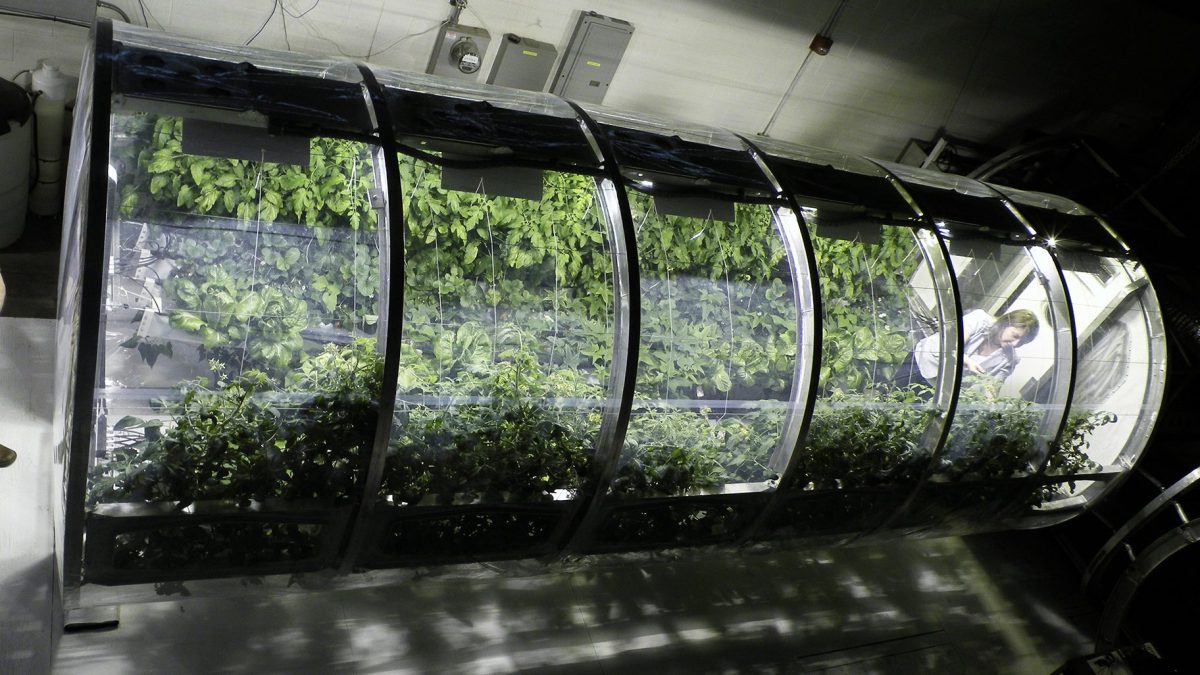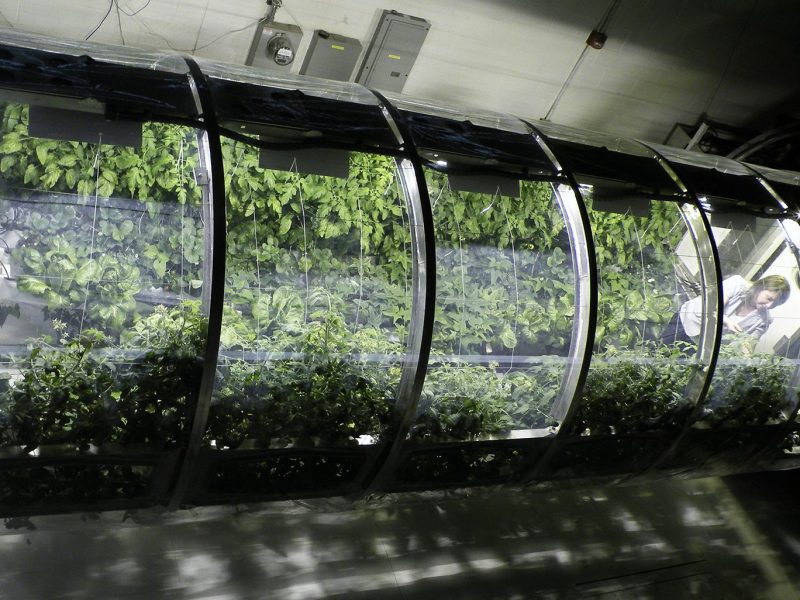
NASA has developed an inflatable greenhouse capable of sustaining life for years by growing produce in space.
While getting to Mars might be the difficult part of a mission, sustaining life on the Red Planet once astronauts get there is a major concern. So, NASA teamed up with researchers from the University of Arizona’s agriculture department to solve that problem.
The prototype, which covers 126 square feet, would sustain a vegetarian diet for astronauts living in on the Moon or Mars. On top of providing food, the greenhouse could be used for “air revitalization, water recycling, and waste recycling. The process, called “a bioregenerative life support system,” basically just recreates the environment on Earth, according to a NASA press release.
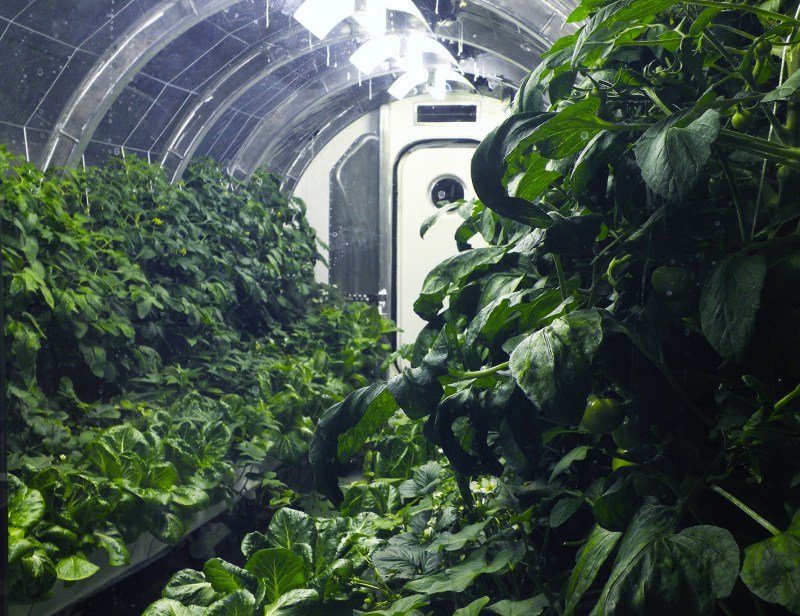
Astronauts exhale carbon dioxide that’s used by plants for photosynthesis, which creates oxygen as a byproduct. Water for the plants, either brought along or found on site, would be oxygenated, mixed with nutrients, then pumped into a stream where the roots lie—acting as the soil.
Universiy of Arizona scientists are researching the best types of seeds for plants to grow in this environment, while astronauts are gaining experience by growing plants on the space station.
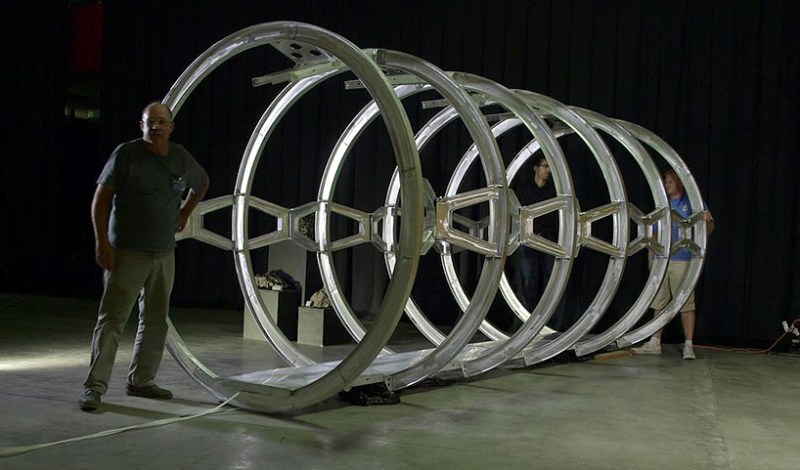
(University of Arizona)
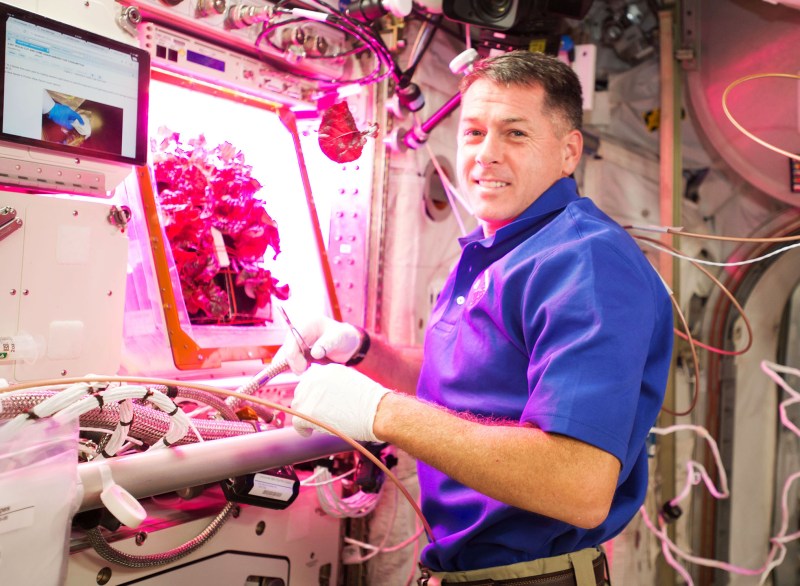
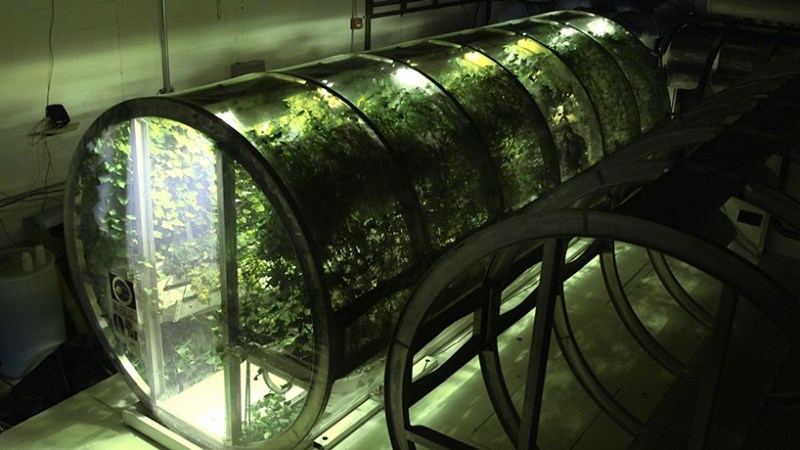
—RealClearLife
This article was featured in the InsideHook newsletter. Sign up now.
